Podcast: Download
Subscribe: Apple Podcasts | RSS
 Do you remember the first time you sang in front of an audience?
Do you remember the first time you sang in front of an audience?
I sure do…
Yeah, I was just a little kid in grade two, and I didn’t have a guitar at the time. But it was still quite the experience.
Picture this: little Anthony, doing show-and-tell. Singing about going to camp and getting sick with watermelons and all kinds of stuff.
It was nerve-wracking then, and I know memorizing songs still ranks high on the list of “things that freak people out.” Performing in public, especially when you’re singing from memory, is probably up there with public speaking.
But there’s good news: you can make the process a lot easier if you use the strategies I explain in this post. I’ll help you memorize songs thoroughly — know the lyrics, the notes, and how to do individual runs or riffs.
Want to know how to memorize a song? Here’s what this post will cover:
Why Sing Memorized Songs?
What Is a Song?
How to Memorize Lyrics: 2 Ways
Memorizing Notes
Memorizing Chords
How to Memorize Songs: Bring It All Together
Frequently Asked Questions
How to Remember a Song For Any Purpose
Ready to flex your memorization muscles? Let’s get started.
Why Sing Memorized Songs?
Before we take a deep dive into the techniques and strategies you can use to memorize a song, you should identify your why. Namely, “why do I want to memorize this song?”
There are a number of benefits to memorizing lyrics. Let’s take a look at the six top reasons.
1. Improves Verbal Memory
You want to improve your memory, right? That’s why we’re all here — and as fans of improving memory, it’s important to improve verbal memory.
A 2013 study shows that instrumental music training can enhance cognitive processing. Their results confirm previous findings concerning music training and cognitive performance.
I’ll reference science a fair amount any time it comes to memory because it’s very important to know that this stuff works (and that it’s been verified by scientific studies, such as how you can improve your crystal and fluid intelligence).
2. Promotes Emotional Stability
Above and beyond improving verbal memory, memorizing songs also promotes emotional stability.
Memorization aids in the production of certain chemicals in the brain — we’ll talk more about neuroscience later in this post.
But for now, just know that memorizing songs can help you feel better. I don’t know about you, but I think we would all like to have better emotions!
3. Creates Focus & Concentration
Improving your emotions leads to a better mindset. It helps you have better interactions with other people. And it creates more focus and concentration.
Ever since I started working on memorizing songs here at home, I’ve noticed much better focus and concentration. And, very important to me, I’ve had more emotional stability.
4. Bonds Us With Others
Memorizing songs also helps us bond more with other people.
There could be many reasons for this, but one of the examples I find most fascinating is when members of a choir show synchronized heartbeats.
My wife and I sing together quite a bit, usually in different languages, which helps promote the benefits of bilingualism for lifelong brain and memory health.
I also think our singing is a huge part of why we’re so happy as a couple. One of our favorite songs to sing together is “The Moon Represents My Heart” — which I sang to her and her entire family at our wedding party in Beijing.
5. Produces Health
There are a number of interesting health benefits to learning to sing and memorizing songs.
For example:
Gunter Kreutz, a German professor of Systematische Musikwissenschaften, talks about how you get an oxytocin boost (essentially a high in your brain) when you sing.
For those who don’t speak German, Systematische Musikwissenschaften is a combined physical and mental activity that leads to a more enjoyable mind.
So this is very powerful to have — who wouldn’t want a more enjoyable mind? No matter how enjoyable your mind might be, wouldn’t you want it to be even more enjoyable?
You can also improve your immune system by singing. There’s an article published by the University of California Press that details results from a study designed to determine whether choral singing is associated with physiological changes in the immune system.
6. Improves Breathing, Posture, and Pain Relief
And finally, memorizing songs can improve your breathing and your posture, as well as promoting pain relief.
Stop for a moment and check your posture, right now. Could you benefit from better posture?
Now, before we get much further, it’s important to make sure we’re all talking about the same thing.
What Is a Song?
Let’s talk about the definition of a song. What exactly are we memorizing?
The reason we want to do this is because it’s a tool of memorization to think a little bit about what songs are.
The Definition of a Song
The dictionary definition of a song is:
“A short metrical composition intended or adapted for singing, especially one in rhymed stanzas; a lyric, a ballad, etc.”
It can be helpful to your memorization to know whether what you’re memorizing is a ballad. It’s useful to know whether it’s a standard lyric (or not). And the genre of the song matters, as well.
These are all mental tools to help you learn how to memorize songs.
The first thing you want to understand is the structure of the song.
Song Structure and Mapping
All songs have structures. And different songs will be structured differently — but it’s still important to understand as you memorize.
Before you begin to memorize, you will do what’s called “song mapping” to identify the A part, B part, C part, etc. That way, if you lose your place while singing it’s easier to find your way back.
This has been incredibly useful for me in my musical career.
When I was on tour with The Outside, there were shows where we were all incredibly tired. And no matter how well-practiced we were, there were times we’d lose our spots. But since I did song mapping, I was always able to find my way back quite easily — and a lot faster than I might have without it.
When most people think about memorizing a song, they focus on how to memorize song lyrics.
To help you out with this, let’s look at lyrical analysis.
Lyric Analysis
There are 5 different ways to analyze the song lyrics you’re trying to memorize.
1. Poetic Analysis
This involves looking at the words themselves and asking the following questions:
- How do they work?
- Is there assonance?
- Is there consonance?
- Is there logopoeia (paying attention to context)?
- What’s the logic of this material?
You don’t have to have a full understanding of the lyrics in order to memorize them, but it’s helpful to understand at least the basics.
But watch out: don’t sit there and wait until you understand the lyrics before you start to memorize! One of the things you’ll discover, through the process of memorizing music, is your understanding compounds value.
In academia, the accretion of value means that “the sediments of meaning build up.” The more you work with little bits of sand and stone (in this case, lyrics and music), the more settle and get baked in, the more and more meaning builds up over time.
There’s always more understanding yet to come — and that’s a beautiful thing.
2. Emotional Analysis
This is the simplest of the types. Ask yourself:
- Is it a happy song?
- Is it a sad song?
- Are there multiple emotions?
- What emotions is the artist trying to get across to the audience?
Do your best to interpret what’s going on with the song.
3. Character Analysis
Do the song lyrics suggest character progression?
Since this might be a little hard to understand at first glance, let’s take a look at an example.
Lou Reed’s song “My House” has a line at the end of the first stanza that reads, “My house is very beautiful at night.” But by the end of the song, that lyric has changed to, “Our house is very beautiful at night.”
The character in the song begins it alone, but he shows growth as a result of the process he sings about.
When you identify details like this in a song, it can help you sing it better once memorized.
4. Historical Analysis
Understanding the history behind the song lyrics can also be quite helpful. Do the following research:
- Read the Wikipedia page about the song.
- Read or listen to interviews with the author.
- Read interpretations by other people about what the song means.
By digging deeper into the origin story of the song and the history of the songwriter, you can uncover revelations you might otherwise miss.
5. Melody Analysis
Understanding all parts of the melodic structure is also helpful on your memorization journey. Pay attention to the:
- Melody
- Harmony
- Rhythm
- Chords
- Flourishes
If you want to dive deeper into melodic analysis, check out Rick Beato’s Everything Music YouTube channel.
All 5 of these types of analysis will help not only your memorization, but also your delivery and enjoyment.
Next, let’s look at the nuts and bolts of memorizing lyrics.
How to Memorize Lyrics: 2 Ways
I believe that memorizing lyrics is a singer’s secret weapon, so let’s look at the two most common approaches.
First, there’s rote repetition. And then there’s mnemonics. Both are really their own worlds, so to speak. But there are some similarities to the approaches.
One key to memorizing lyrics is to immerse yourself in the song. By immersion, I mean listening to the song while you’re walking, going to the gym, cooking, sleeping… spending so much time listening to the song it’s almost like you start to live and breathe it.
For example, when I was memorizing the very long Upadesa Saram and Ribhu Gita, I listened to both of them quite a bit.
To be honest, I listened to the Upadesa Saram a lot more than Ribhu Gita, but that’s because the copy of Ribhu Gita I have is not really sung — instead, it’s the audio of the extracts that Gary Weber has in Evolving Beyond Thought that I turned into a song.
But you can listen to sung versions of Upadesa Saram on the internet. And so I listened to it over and over, while I was in the kitchen and walking around.
Any time you memorize the lyrics to long and complex songs, immersion becomes very important.
Now let’s look at each memorization approach, starting with rote repetition.
Rote repetition
I generally don’t use rote repetition, but I do want to talk about the approach just a bit so you know what to watch out for. There are a myriad number of suggestions online, and many of them seem quite impractical.
I don’t know what will work for you, but a lot of the rote repetition approaches don’t seem to make sense compared to a dedicated mnemonics strategy.
Here are some common recommendations to help you memorize lyrics by rote repetition:
- Try dedicated practice,
- Use index cards or flashcards, or
- Focus on the first and last word of each line.
This last piece of advice is kind of related to keyword selection (which we’ll talk about in a moment), but I honestly don’t know why you would do first-word last-word. Some of those words wouldn’t necessarily be useful in memorizing the entire phrase.
Some people would also say to focus on the first and last lines of a stanza… but I also don’t think that’s very helpful.
Here’s why: primacy effect and recency effect.
Because you’re placing so much emphasis on what are essentially key wordings of particular patterns in a display of words on the screen, then you’re more likely to get tripped up.
Nelson Dellis recorded an interesting video about how to memorize random text word for word (something he deals with in memory competitions), that could potentially be helpful in this context.
Moving on, regular readers know I’m not a fan of using index cards.
One exception: you could write out one line or stanza on a card, and then repeat your exposure to it over and over again. I don’t think that’s a great strategy for any learning speed — but it might be a useful alternative to listening to the song again and again.
The index card approach would let you look at parts of the lyrics in isolation. And if you’re dividing the song into a part A, B, and C, you could break those parts up on index cards.
At the end of the day, rote repetition is going to require a lot of dedicated practice.
But what’s the alternative?
Mnemonics
Regular readers will probably know what’s coming next when I talk about mnemonics…
A Memory Palace is an excellent technique to help you learn how to memorize song lyrics. It’s a very powerful way of laying out your text word by word, in the order it appears (and the order it needs to be recalled). Then you can quickly transfer that information into your long-term memory.
And when you use mnemonics to memorize lyrics, you need a Memory Palace. (Ideally, you’ll already have a Memory Palace you’re familiar with.)
But if you’re not, and you want to learn more about how to create a Memory Palace, you can sign up for my free training here:
You need associative magnetic imagery, you need to know what recall rehearsal is and be able to use it, and you need the Big Five — speaking, writing, reading, and listening in a way that both draws from and puts information into your memory (memory being the 5th of the big five).
There are also a few basic principles to help you make the most of your Memory Palace:
1. Have enough space available
Make sure your Memory Palace has more space than you think you’ll need. For memorizing a song, you’ll want at least 5 or 10 lines more than you imagine.
When I was memorizing the Upadesa Saram, I had to invent a new building to tack on so I could remember all the lines. It worked out, but it’s certainly not best practice!
2. Don’t cross your paths
Especially when you have a Memory Palace that’s big enough to hold complex lyrics, it’s important to make sure not to cross paths as you’re moving around.
I teach all kinds of wonderful principles in the free Memory Palace training and my other courses, to help you create the best path through.
3. Create your imagery
I personally like to submit myself to the theme. So instead of deciding to have one image per word, or pretending like it’s a memory competition, I let the situation decide.
There are many times when you can get multiple words into an image. I’ve been able to get up to 17 words on a single station with maybe 3 to 5 images. There are other times where I had to use five stations, with one word per station.
It’s a lot faster to go with the flow than to design some “system” that doesn’t ultimately work.
4. Use emotion to your advantage
You want to end up with the song so ingrained in your memory that you’re interpreting with your own emotions about the song.
Having this interpretive level of understanding is quite helpful when you make a mistake and need to get back to where you were.
Remember that mistakes will happen; it’s your job to make sure your Memory Palace is so good (and practiced so thoroughly) that you can easily find your way back.
5. Start where you are
There’s always an elephant in the room when we start talking about memorization and how long it’s going to take. The answer is… it depends!
I have pre-existing competence with both music and memory techniques. If you’re trying to both learn basic music techniques and memorize lyrics at the same time, understand that you’ll be splitting your focus if you try to learn both at once.
There’s no perfect answer as to which one to start with, but remember that the hunter chasing two rabbits rarely catches either.
Also of note: professional musicians usually have routines deep in their procedural memory and meta-learning skills. They might not need mnemonics to help them remember lyrics, but they can get use out of memory techniques.
And maybe you’re wondering, “but how many times do I have to repeat the information in my Memory Palace stations, once I’ve created them?” This video talks about the rules around memorization and repetition:
Now you understand how a Memory Palace can help you memorize your song lyrics, let’s take a look at an example.
Example: The Expert
To help you understand the mnemonic approach to memorizing lyrics, I wrote a song that we’ll break down.
When I performed this on a recent Livestream, I had to memorize both the chords and the words (even though I’m the one who wrote them). It was my first public performance, and I didn’t have any performance practice.
Here are the lyrics:
I am the expert
I know all the things I’ve been told
I’ve been through the desert
And the sand still feels so cold.
I don’t know why we die
They say it happens in time
I ain’t gonna live that lie
You’ll follow anyone
They need only call your name
You’ll be the first to disappear
When you know you’re the one to blame
You don’t know why you die
They say it happens in time
Are you going to walk that line?
We are the experts
We know all the things we’ve been told
Been through the graveyards
And kissed all the things we’ve been sold
We don’t know why we die
They say it happens in time
Are we going to live that lie?
I ain’t walking that line
Next, let’s break down how I memorized each line in the song (which is pretty much the same process for how I would memorize scripture). Each line in italics below goes into one Memory Palace station:
“I am the expert.”
This starts in the beginning of a well-formed Memory Palace. I just see an eye. And there’s a band called The X, and they’re doing expertise things.
“I know all the things I’ve been told.”
I imagine The Knowledge Network – it used to be Channel 12 when I was a kid – and that’s just what I see. I don’t have anything else in this station.
“I’ve been through the desert.”
I’ve mentioned allusions before. There’s an allusion to the desert that relates to the idea of being an expert in something — so all I really need to do is draw upon that allusion. This is an example of a concept that doesn’t really have a specific image to it, although images do come to mind related to the concept.
“The sand still feels so cold.”
For this image, there’s sand going through the hourglass and it’s so cold it breaks the glass. And you have that wonderful idea of ice going through glass and the sand just keeps falling out. Here I’m using different tools: sound, feelings, and references to things like bands.
“I don’t know why we die. They say it all happens in time. I ain’t gonna live that lie.”
This is very similar, right? So we start with an eye symbol (the all-knowing eye), The Knowledge Network again, and the actual tree symbol of The Knowledge Network starting to die.
“They say it all happens in time.”
In my mind, this doesn’t even need a mnemonic, it’s just so obvious. However, if I needed one I would use Trey Parker shoveling hay over a clock.
“I ain’t gonna live that lie.”
This is an allusion to Johnny Cash. I’m skipping ahead in my own song because later I’m going to say “walk that line.”
“You’ll follow anyone. They need only call your name. You’ll be the first to disappear when you know you’re the one to blame.”
There’s a scene from the Oliver Stone movie The Doors, where The Doors are being instructed very quickly they’re to use these lyrics and not these lyrics, and then – of course – Jim Morrison does what he wants to do, which is a very funny scene.
“You don’t know why you die. They say it all happens in time. Are you gonna walk that line?”
This is just a simple image of The Knowledge Network again, but this time it’s got the YouTube symbol to remind me it’s now “you” in this version. The new Knowledge Network is maybe a little bit in danger. And then if you needed something to remember “they” you might use something like Trey Parker (sounds like they) pitching hay, and the clock.
“Are you gonna walk that line?”
This is basically asking Johnny Cash if he’s really gonna walk that line.
“We are the experts. We know all the things we’ve been told. Been through the graveyards.”
I know this is a logical thing to change it to “we,” but when I was memorizing lyrics, I would sometimes switch the desert (from the first stanza) with graveyards (from the last stanza), and I had to fix it.
In order to do that, I needed to make sure that this graveyard was very strong, so I went to Castlevania (the video game) which is loaded with graveyards.
“And kissed all the things we’ve been sold.”
The rhyme helps out a lot here, but also just seeing someone kiss the graveyard, like a tombstone.
“We don’t know why we die; they say it happens in time; are we going to live that lie; I ain’t walking that line.”
And finally, the last thing is just a variation on earlier lines.
Now, when you do this, isolate keywords where possible and let grammar fill in the blanks.
For example, you don’t have to have an image for “been through the graveyards.”
There’s this image of the character from Castlevania – he’s going through graveyards, he’s been through the graveyards – that just takes care of everything, and that’s why Castlevania is also what probably came to mind instead of seeing Robert Graves or somebody with a yardstick. That is farther from the potential.
World Memory Champion Mark Channon and I spoke about this years ago: the more you use memory techniques, the more the right image comes at the right time.
One final note before we move to the next step: everything is going to be a sequence.
In the rote learning section, I warned you away from memorizing the first and last words of a sentence via rote learning.
One of the things you might notice in my example above is that I use the symbol of the eye a lot to start off the line. That has a relationship to the rote memorization first-and-last-word strategy, but in this case, you want to think about the force of that image and how it’s going to help you kick off the entire sequence.
Your first “eye” isn’t necessarily going to help you get through the rest of the sentence. So in the line “I am the expert,” having that band The X as an example, the eye needs to be doing something to the expert. There’s entanglement between them in the elaborative encoding.
You don’t want to end up having primacy on just one thing — you want it to have some kind of force that draws things through the sentence. Imagine the sequence as toppling dominoes, where one leads naturally into the other.
Once you have your song lyrics memorized, it’s time to check your memory!
How to Memorize Song Lyrics: Test Yourself!
One of the best ways to determine how much progress you’ve made is to test yourself.
Rather than just thinking, “oh, I’ve got this,” take the time to verify how it’s going. You can test your memory by:
- Writing out the lyrics (by hand) from memory,
- Record yourself singing the lyrics, and then
- Sing along with the recording.
Ideally, you’ll step away from any notes or sheet music while you’re testing. And, don’t worry about mistakes. Just write out what you think the lyrics are, based on what you’ve memorized so far.
You might end up with distortions where words appear in the wrong place. For example, “The mist is hanging gently on the lake,” versus “A gentle mist is hanging on the lake.” Any time you make a mistake, make a note of it and strategize how to fix it.
Singing along with the recording should happen after you’re done writing down or recording yourself.
Next, you’ll troubleshoot.
How to Memorize Song Lyrics: Troubleshoot Your Mistakes
Troubleshooting requires attention to every single step and revising your practice in every possible way.
Ask yourself:
- Is my Memory Palace well-formed?
- Is my magnetic imagery plump and robust?
- Am I using all the Magnetic Modes?
- Am I doing Recall Rehearsal effectively?
- Am I using the Big Five?
- Am I writing or speaking it out?
- Am I listening to it?
And finally: are you doing all of these things in a way that promotes drawing from your memory (and putting it back in) with creative elaboration?
Whether you’re using word-by-word or isolating keywords, you want to fix the issues with mnemonics as you go into testing.
Additionally, you will need to do dedicated practice to fix the places where you make mistakes.
Zone in on what the mistake is, and put it on a loop. Take one word at a time, and then two. Then once those two words are comfortable, expand to three… and so on. This will help you get better at the whole thing.
This is the case no matter where in the phrase the mistake happens. It could be a mistake at the beginning, middle, or end of the sentence. Pick that one spot and then repeat it until you “get it” using your imagery.
For example: let’s say there are 3 problematic words in the middle of a 10-word sentence. You would first go in and get one word perfect, nail the mnemonics, and then take the word before or after it and loop it. Loop the words, then the phrases, until you’re able to get the correct lyrics into your long-term memory.
How to Memorize a Song Fast Using Mnemonics?
We’ve mostly covered this question, but there are a couple of things we haven’t touched on yet.
First, dig your wells before you’re thirsty! You’ll hear me say this over and over, but it’s true.
- Make sure you have your Memory Palace ready.
- Make sure you know the ins and outs of magnetic imagery.
- Make sure you’re well trained and have a robust practice.
Then, you can let go of the outcomes and just enjoy the ride. Be F.R.E.E!
When it’s time to perform, just let it go and dive in. You have to be there, in the moment. Breathe. Relax. Let it go!
Now you know how to memorize lyrics, but what if you also need to play guitar or piano (or another instrument) to accompany your performance?
Next, let’s look at the process for memorizing notes.
Memorizing Notes
When it comes to our overarching goal – to memorize a song – where do you start? Do you memorize the lyrics first? The notes? The chords?
If you’re going to play the song as well as sing it, I would actually recommend memorizing the music first, and then the lyrics.
That way, you know the chord progressions and can play along while you practice learning and memorizing the lyrics.
Here are five approaches to help you memorize notes:
1. Have a Song Key
This means knowing the notes of the song. Then, if you have any sort of musical sensibility, you can just match and figure it out.
For example, if I knew the notes and key of a particular Slayer song, then I would try and hear where it matched with another song and try to figure out the notes that way.
Scott Devine, a great bass instructor, teaches this way. He talks about using Stand By Me as a song key — first, wanting to know what key it’s in, then knowing what notes are in it, as well as the root note.
So you learn the notes of one song, and then you match them mentally in your mind.
2. Use a Major System
This approach depends on the instrument and your existing competence with both your instrument and memory techniques.
This is not a be-all-end-all solution, but I find it interesting and fun.
Zero is a soft C, S, or Z.
One is D or T.
Two is N.
Three is M.
Four is R.
Five is L.
Six can be any of these designations – ch, j, soft G, sh.
Seven is a hard G or a K. (I never use the hard G myself.)
Eight is an F or V.
Nine is a B or P.
When Simon Luisi was on the podcast, he shared some amazing suggestions around expanding your Major System.
3. Use an Alphabet List
Let’s look at how you might use the alphabet list as a guitar player.
You will have a designation for every string:
- E is Ernie (or dark Ernie)
- A is Al Pacino
- D is Dracula
- G is Grover (from Sesame Street)
- B is Bob (from What About Bob)
- E (again) can be Ernie again — or light Ernie
Once you have your strings labeled, then you’ll assign an image to each fret.
For example, when you know you have a D on the fifth fret, then you need to have an image for the fifth fret.
If you have your 00 to 99, this would be Sal from Dog Day Afternoon for me. And this is now the third fret on the D string. For the A string, Al Pacino will interact on the D with Sal from Dog Day Afternoon. So we can have a sandwich interacting with Dracula. So Al Pacino, Dracula, then Sal from Dog Day Afternoon.
You just make these little stories that help you remember which notes or chords come next. I’ve never used this approach to memorize an entire song, but it’s helpful for smaller passages.
4. Use Hammers and Knives
When you have to memorize notes with a sharp or flat (accidentals), you can use imagery to help.
- Flat = hammer
- Sharp = knife
Let’s say you have a C♯ followed by an A♭— you could imagine Cookie Monster using his knife to cut off Al Pacino’s hammer.
5. Use Visuals For the Keyboard
Here’s one way to visualize the notes on a piano keyboard:
C, D, and E are 3 white notes with 2 black keys.
F, G, A, and B are 4 white notes with 3 black keys.
You can think of two houses:
House one has a garage. There’s a Cat and an Elephant who guard the Dog (CDE).
House two has 2 garages. In this one, a Falcon and a Bear guard the Giraffe and Ape inside (FGAB).
You can also use the Major System to number each key. This process is quite detailed, but I explain it fully in the Magnetic Memory Masterclass.
Let’s look at a couple of other strategies before we tie everything together.
Memorizing Chords
Like I mentioned in the last section, I would recommend memorizing the chords before you move along to lyrics.
You can use some of the strategies above to help you memorize chords: using a pegword method or an alphabet list.
For example, if you were memorizing in E minor, you could visualize a miner’s helmet. Then, if you switched into A minor, you could have Ernie pop the hat onto Al Pacino’s head.
Or if you have augmented or diminished chords in your song, you might have the calendar page from August and Dim from A Clockwork Orange in your imagery.
You can also use transcription practice to help you memorize the chords. This has a couple of benefits:
- You’ll understand the key structure better.
- You’ll get the A, B, and C parts more focused in your mind.
- Writing it out from memory helps move the chords into long-term memory.
You’ll also want to practice the performance itself as a separate skill. Private practice is not the same as performing in front of an audience!
Finally, let’s tie all the pieces together.
How to Memorize Songs: Bring It All Together
For this final step, you’ll pick a strategy and be all in. My recommendation? Use mnemonics.
And to get to the place where you can perform without worrying so much about making a mistake, it helps to be F.R.E.E.
Focus on frequent practice, be in a state of relaxation, treat everything like an experiment, and do it in a way that’s entertaining!
And then it all comes back to the principle from earlier in the post: let go of the outcomes.
Remember: all performers make mistakes. What you need is mental strength and a strategy for making the most of your time memorizing.
Set yourself free by following the rules. Sitting across from me at dinner one night, Tony Buzan told me this. “The rules will set you free.”
So what are your rules for memorizing a song? Frequent practice. Relax. Have a spirit of experimentation. And entertain yourself.
Then, once you’ve memorized this song… you can move on to the next one.
Before we wrap up, there are a number of questions I get asked on the topic, so let’s answer them.
Frequently Asked Questions
Have questions about how to memorize a song? Let’s fix that!
1. How many songs can I memorize?
I don’t think there’s really a limit, as long as you’re alive and mentally capable.
As long as you have Memory Palaces, you can memorize as much as you want. You just have to take it one word at a time and one song at a time. If you need help making this practice regular, here’s how to create an UNSHAKABLE Memory Palace Training Routine.
A lot of people think of the brain like a sponge, where you need to squeeze out old stuff to get anything new in — but I don’t think that’s true. (Especially when you utilize Memory Palaces!)
In The Brain: The Story of You, neuroscientist David Eagleman says that to capture all the information in the brain would require a zettabyte of capacity. That means we have way more room than we need to memorize all the songs we want.
And since there’s a never-ending supply of new Memory Palace locations you can create, you’ll never run out of new places to store lyrics and music.
2. How do I use the mnemonics while performing?
Ideally, you don’t.
Instead, you should use mnemonics to get the lyrics memorized before you perform. And performance also has its own type of muscle memory.
One of the biggest lessons I learned from performing with The Outside was from our drummer Tito — he always said, “if it looks like a mistake, it’s a mistake.”
So instead of saying “whoops!” in the middle of a performance, just pretend like the mistake never happened. Get your place back as quickly as possible, and keep going. If you quickly correct and get back to where you were, there’s a lower chance the audience will notice.
3. What if I get bored of a song?
The short answer is: work on 2 or 3 songs at a time.
The longer answer is, this is largely a mindset issue. If you have the time to memorize songs, then you have the opportunity to be grateful to have this time. To me, being bored feels like a strange conclusion to draw from your situation.
That being said, I think there is such a thing as topic exhaustion. In these situations, I might choose to memorize two songs using the same Memory Palace — the different tune and words can help you renew your interest and give your brain a break with variety.
You can work on 2 or 3 songs at a time, and switch things up any time you start to feel exhausted with one of them. And if you know how to multi-purpose Memory Palaces, use that technique.
4. How do I memorize songs in other languages?
It’s the same process, but you want to bring sound and meaning together with imagery a lot more.
It’s a bit of a trick, but if you can create your magnetic imagery so it reminds you of the sound of the word and the meaning at the same time, it will help you a great deal.
You can also memorize without knowing the meaning. In Hermann Ebbinghaus’s book on memory (Über das Gedächtnis), he seems to say it’s easier to memorize nonsense than it is to memorize meaning. However, knowing the meaning can be helpful with the interpretive step of memorization.
5. Where can I learn more about how to memorize a song?
I’m glad you asked. 😉
I have a few more posts that teach about mnemonics and song memorization.
Music Mnemonics For Guitar And Piano
Memorize Bach On Bass: How to Memorize Notes Quickly
16 Heavy Metal Memory Methods For German And Music
If you have any other questions, please let me know in the comments!
Now let’s wrap things up and get you memorizing.
How to Remember a Song For Any Purpose
I hope this post was a fun read for you today and inspires you to grab your favorite song and your guitar (or another instrument).
My best advice is this: just have fun! Practice, but don’t get hung up on all the details. Don’t worry about what can go wrong… because Murphy’s Law guarantees some things will.
Just allow yourself to get out and enjoy. And before you know it you’ll be having lots of fun.
And if learning about how you can use a Memory Palace to help you memorize the music and lyrics has you itching to learn more about them, you can sign up right now for my free memory improvement kit.
Related Posts
- How to Memorize Something Fast: 5 Simple And PROVEN Memory Techniques
Wondering how to memorize things fast? Read this post for 5 solid steps you can…
- How to Memorize the Unit Circle Fast
Learning how to memorize the unit circle shouldn't take longer than an afternoon. The best…



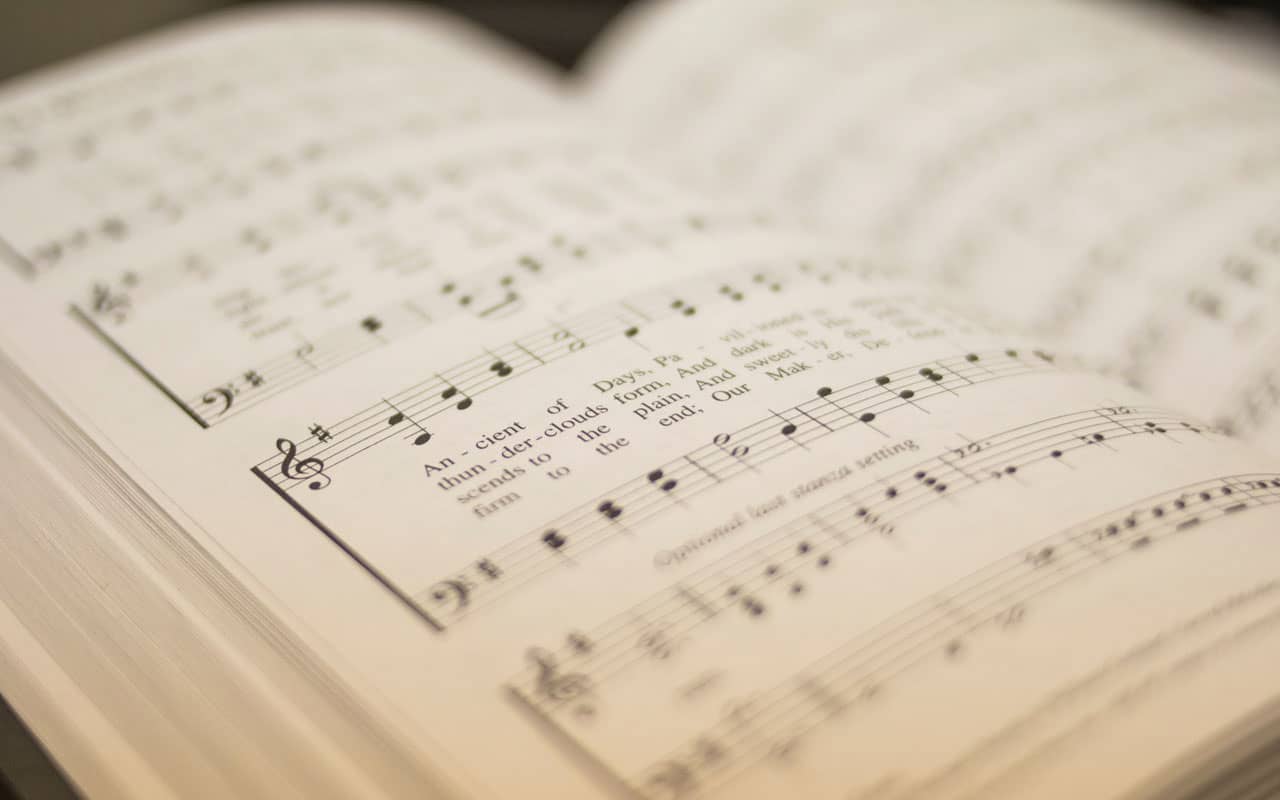

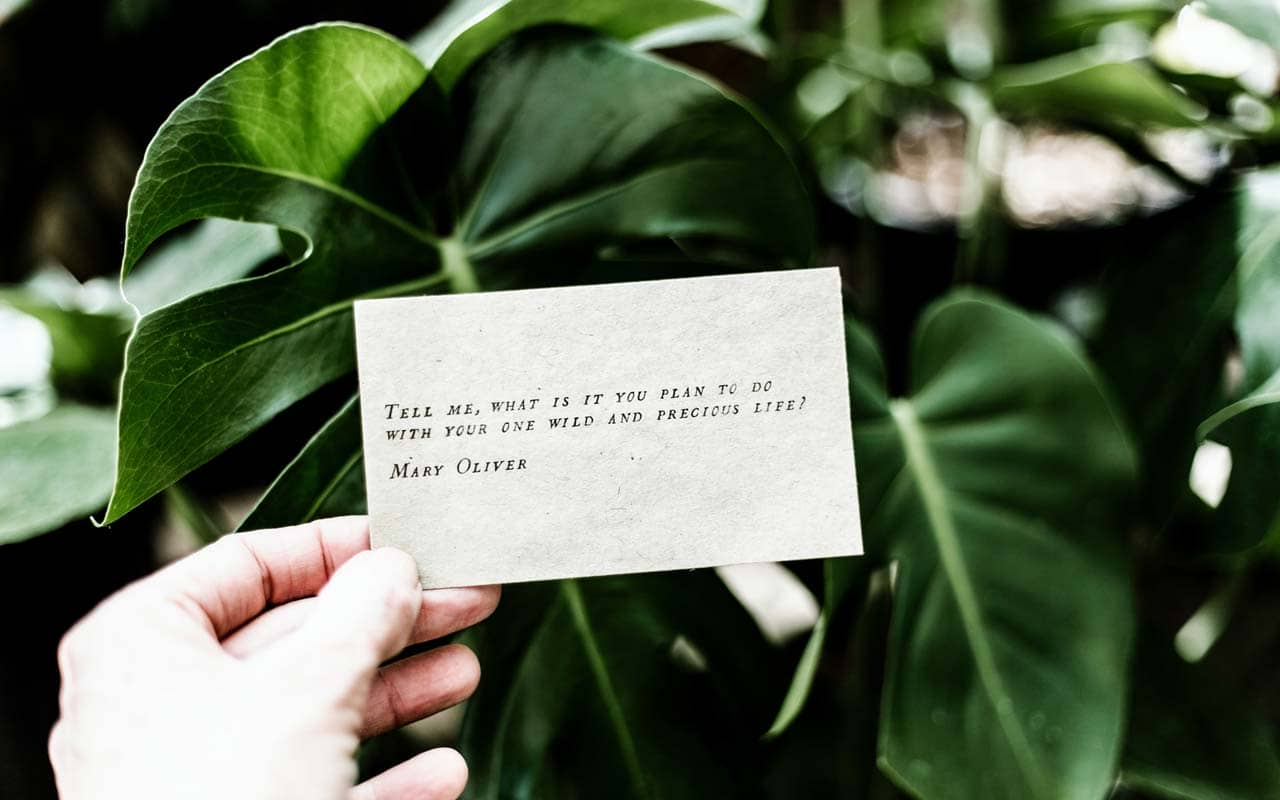

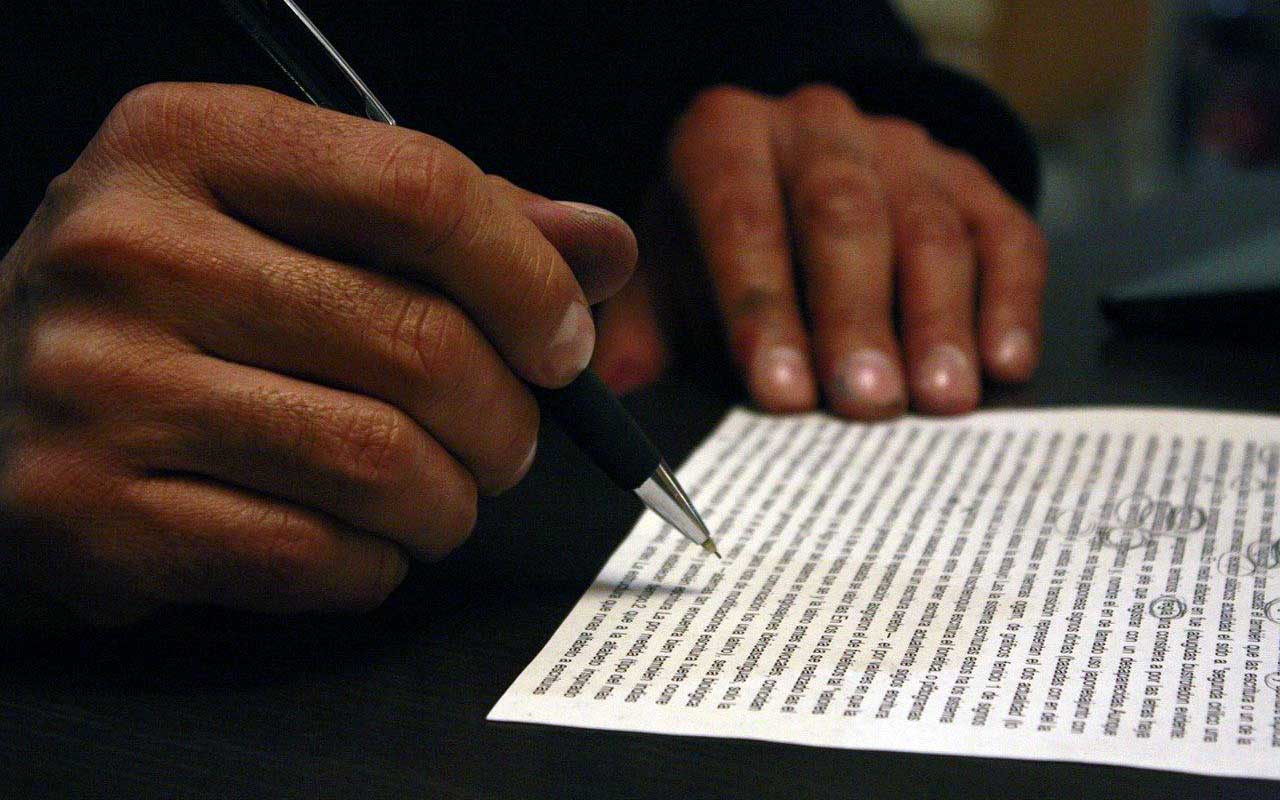



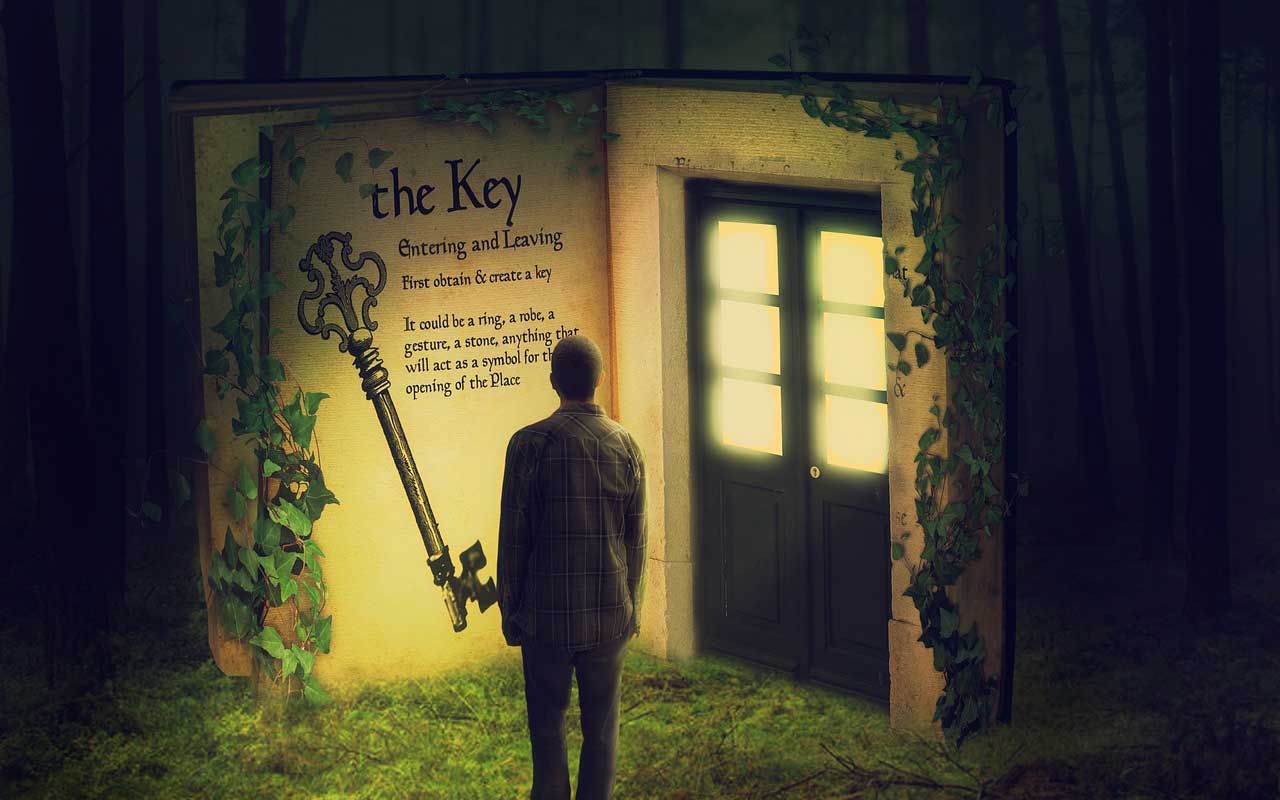




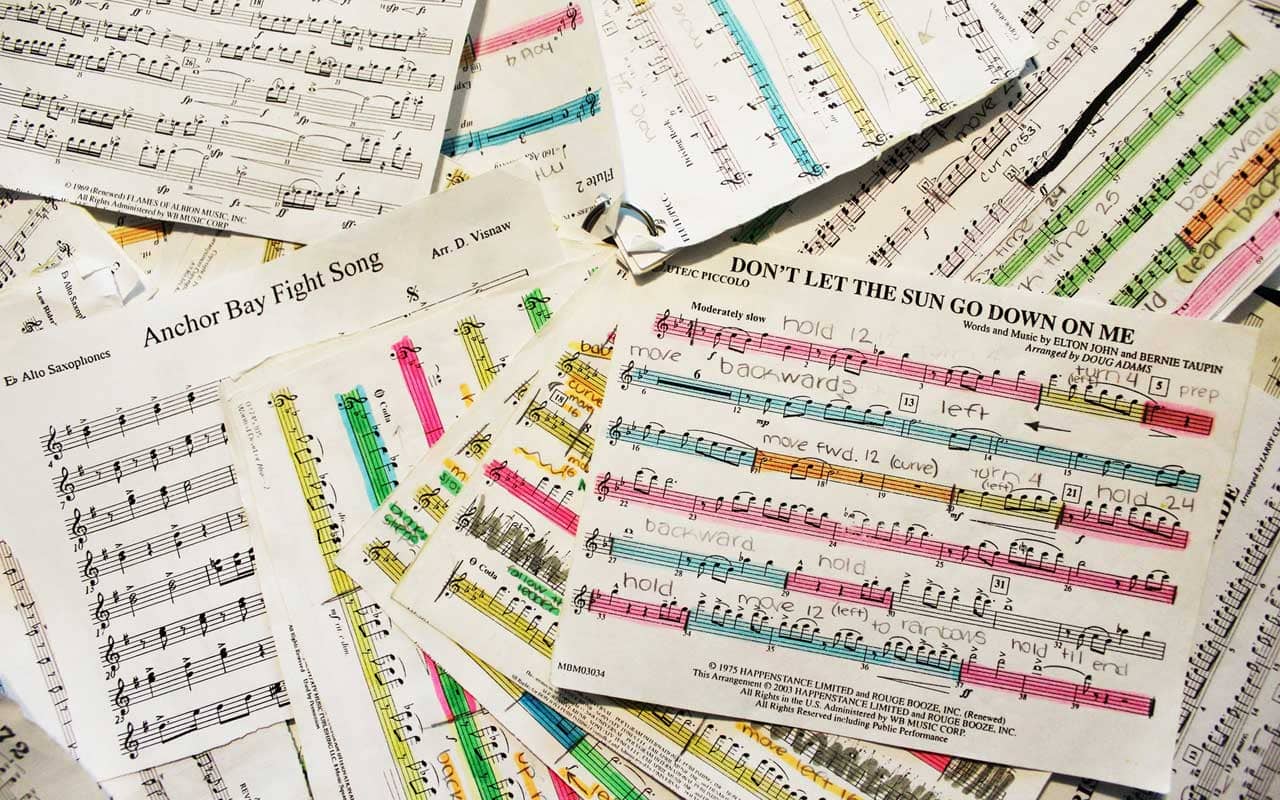

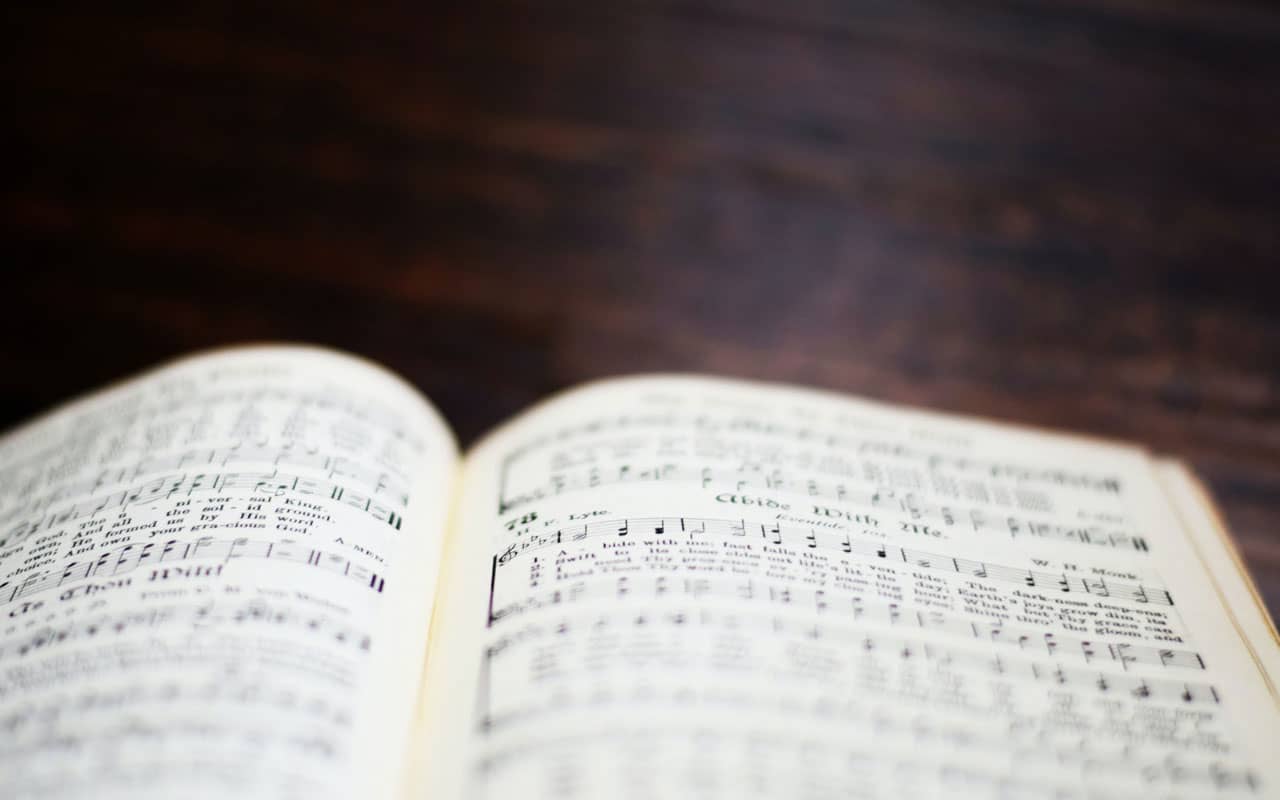









2 Responses
Amazing content, and article. Thanks Anthony. Hope all is well for you and yours too!
Great to hear from you again, Bruce, and glad you liked the article.
Yes, everything is very well here, all things considered. Hope you’re doing great too!